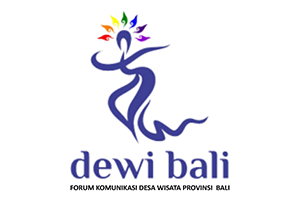Tourism Development Impacts on Water Resources in Northern Kuta District of Badung Bali
Abstract
One of the problem in the development of Bali tourism is declining carrying capacity supporting tourism resources, especially water. In the past, rural areas have never experienced a lack of water, by which presently facing a water crisis. This condition corresponds to the higher intensity of exploitation of water resources as a result of tourism development. The rapid development of business on accommodation facilities in North Kuta District is potential to accupy rice paddy and water resources. If this development is not properly controlled can cause negative impacts not only on the existence of the fields, but also for the potential of water resources. Tourism is significantly depend on adequacy of water resources to be able to function properly, thus in case of a water crisis in the tourist areas of Bali in particular, then sooner or later will create the economic crisis and the crisis of tourism. The research was located in North Kuta District aimed to know the impacts of the development of the tourism on water resources potential. In order to understand the impact on water resources used geography disciplines approach, and applying survey research methods. Tourism development is determined by the interpretation of Quickbird imagery in a different location. Carrying capacity of water resources is determined by using the guidelines of Per Men LH. No. 17 year 2009. Impact of tourism development on water resources was determined using comparative analysis of surface water and groundwater, both an quantity and quality. There were two patterns of land use change in North Kuta District, namely from the rice fields to tourist accommodation and from the dryland/orchard land, to tourist accommodation. Changes from rice field for about 16 years (1992-2008) in North Kuta District was 1,218.44 Ha. Carrying capacity of water resources was considered deficit at all village in North Kuta District. Development of tourism, especially tourism accommodation has changed land cover in an resulting increase in coefficient of flow, so that more rain water flowing on the surface than into the ground water as a reserve. Development of tourism in the Northern District of Kuta had a negative impact on potential water resources both quantity and quality. On quantity aspect, an increase in runoff discharge 3,255 lt/sec/year and declined of the water table resulting in resources from shallow groundwater to deep groundwater in. On quality, water resources have indication of pollution and salinity content in groundwater has reached at a distance of about 3 km from the beach, as an indication of the occurrence of seawater intrusion.
Downloads
Keywords

This work is licensed under a Creative Commons Attribution 4.0 International License.
The copyright of the received article shall be assigned to the journal as the publisher of the journal. The intended copyright includes the right to publish the article in various forms (including reprints). The journal maintains the publishing rights to the published articles.




















